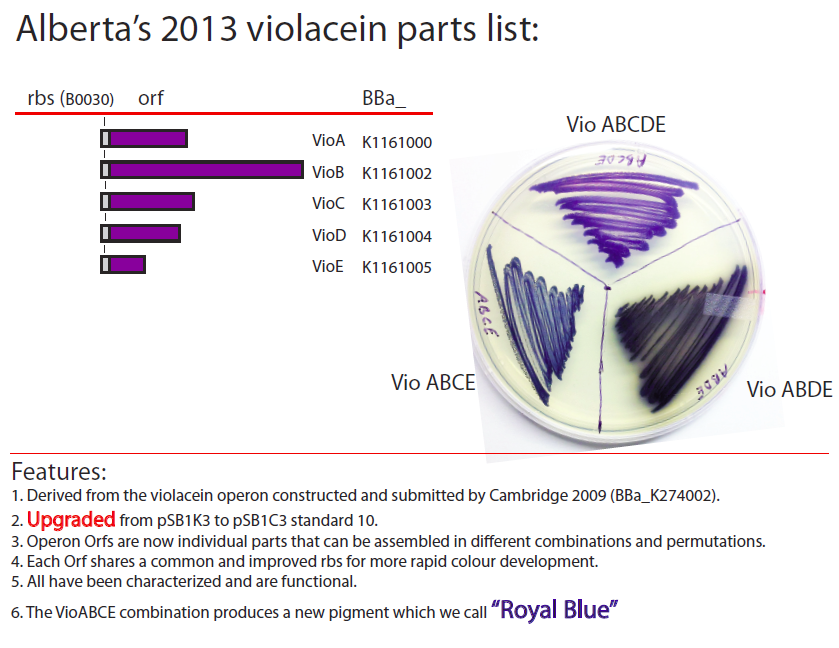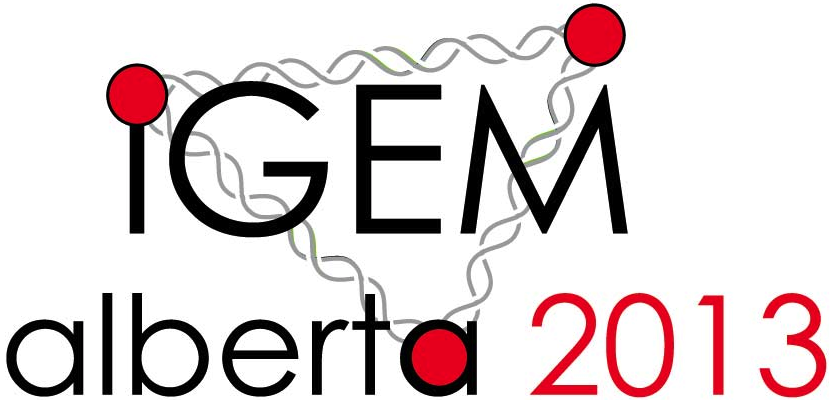Team:Alberta/Parts
From 2013.igem.org
| Line 55: | Line 55: | ||
} | } | ||
.sidebar { | .sidebar { | ||
| - | position:fixed; | + | position: fixed; |
| - | top: | + | top: 157px; |
| - | float:left; | + | float: left; |
| - | z-index:3; | + | z-index: 3; |
| - | padding: | + | padding: 10px 10px 10px 10px; |
| + | width: 230px; | ||
| + | } | ||
| + | .sidebar_block { | ||
| + | background-color:white; | ||
| + | margin:1px; | ||
| + | border:1px grey solid; | ||
| + | padding:5px 10px 5px 10px; | ||
| + | border-radius:5px; | ||
| + | box-shadow: 0px 0px 20px #444444; | ||
} | } | ||
.main { | .main { | ||
| Line 374: | Line 383: | ||
box-shadow: 0px 0px 30px #000; | box-shadow: 0px 0px 30px #000; | ||
| + | } | ||
| + | a.anchor{ | ||
| + | display: block; | ||
| + | position: relative; | ||
| + | top: -180px; | ||
| + | visibility: hidden; | ||
} | } | ||
#groupparts { | #groupparts { | ||
| Line 427: | Line 442: | ||
</ul> | </ul> | ||
<div class="sidebar"> | <div class="sidebar"> | ||
| - | <div | + | <div class="sidebar_block"> |
| - | + | <h5>Project Sections</h5> | |
| - | < | + | <a href="/Team:Alberta/Background"><p>Background</p></a> |
| - | < | + | <a href="/Team:Alberta/Overview"><p>Overview</p></a> |
| - | + | <a href="/Team:Alberta/Results"><p>Results</p></a> | |
| - | </ | + | <a href="/Team:Alberta/Protocols"><p>Protocols</p></a> |
| - | </ | + | <a href="/Team:Alberta/Parts" class="active"><p>Submitted Parts</p></a> |
| - | + | <a href="/Team:Alberta/Accomplishments"><p>Accomplishments</p></a> | |
| + | <a href="/Team:Alberta/Attributions"><p>Attributions</p></a> | ||
</div> | </div> | ||
</div> | </div> | ||
Revision as of 18:45, 26 October 2013
Submitted Parts
Our 2013 parts submitted are a set of violacein genes derived from the violacein operon constructed and submitted by Cambridge in 2009 (BBa_K274002). We have made a number of modifications, including upgrading the plasmid backbone from pSB1K3 to pSB1C3 standard 10, and converting each of the five open reading frames into its own part with a common and improved ribosome binding site (BBa_B0030) such that they can be assembled in different combinations and permutations. All of the parts have been characterized and are functional, and we have found that a new combination, VioABCE, produces a new pigment which we call "Royal Blue".

<groupparts>iGEM013 Alberta</groupparts>
 "
"


